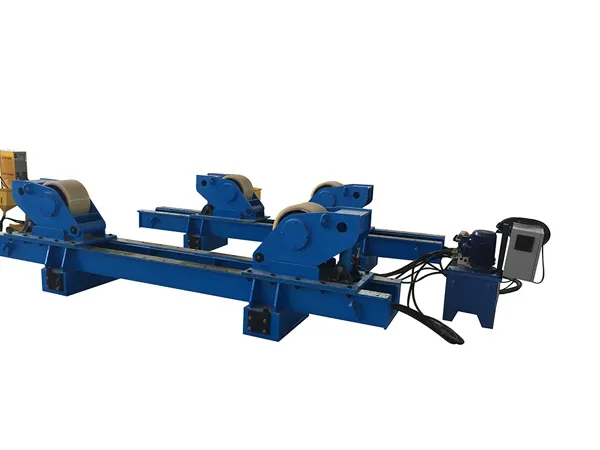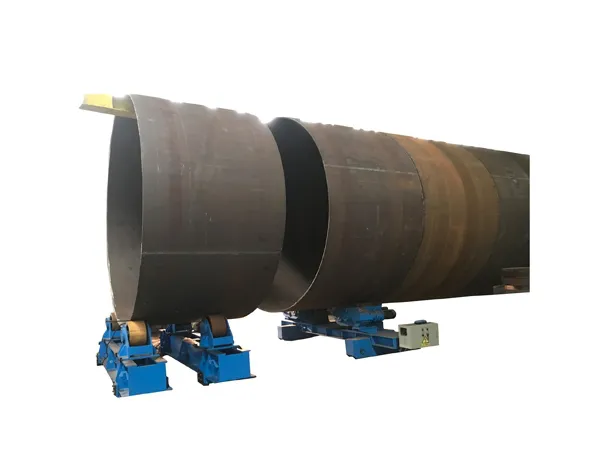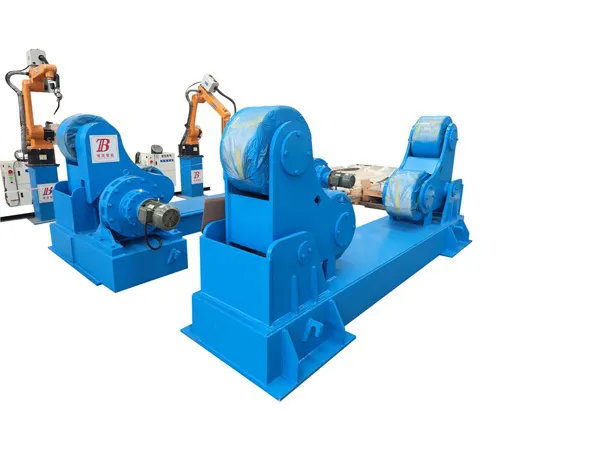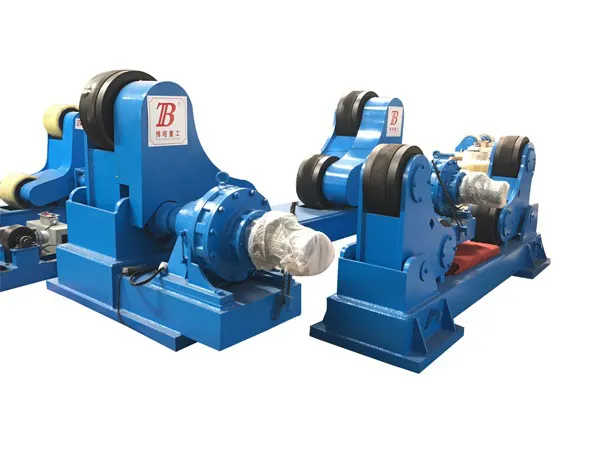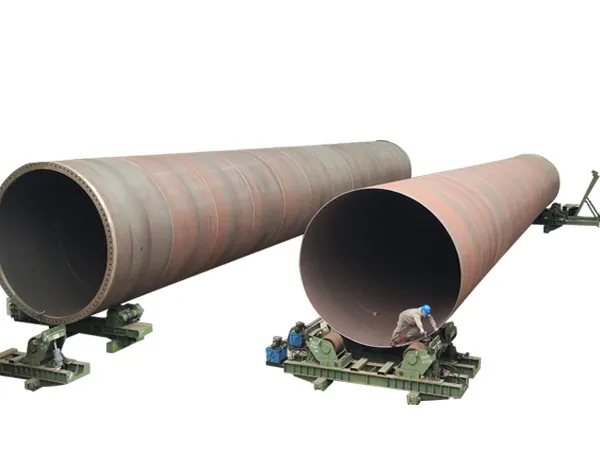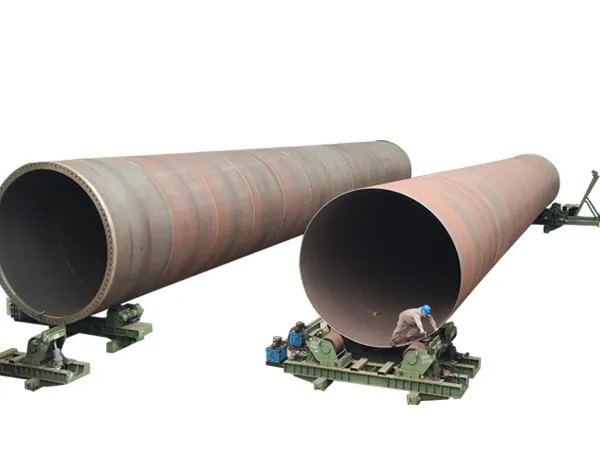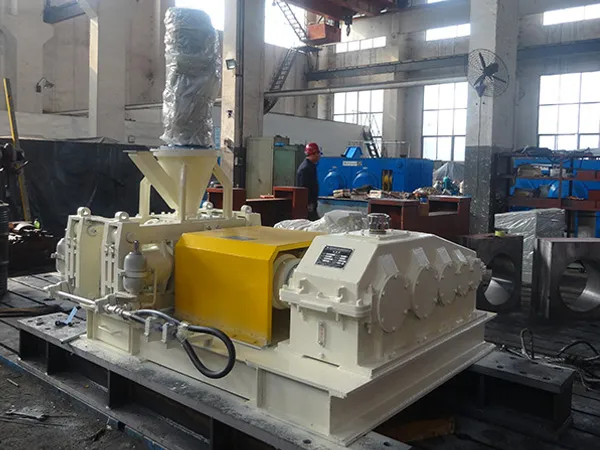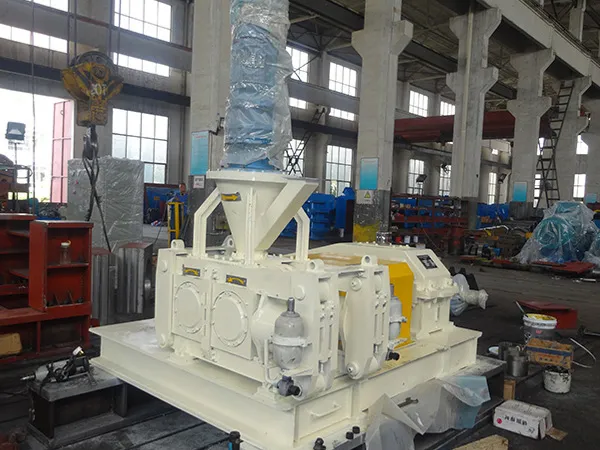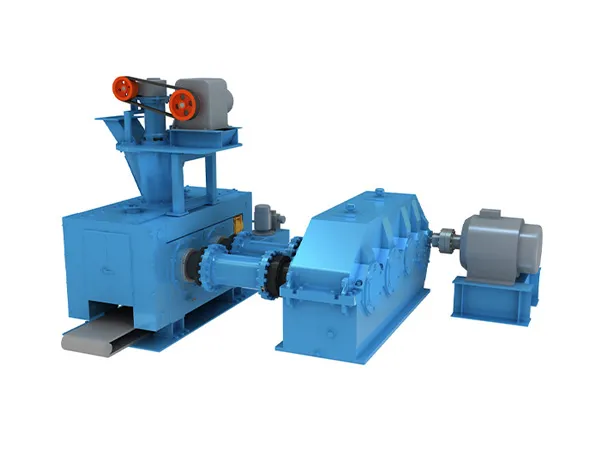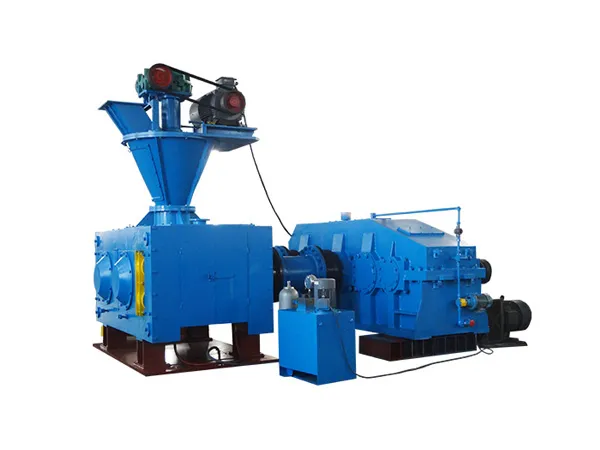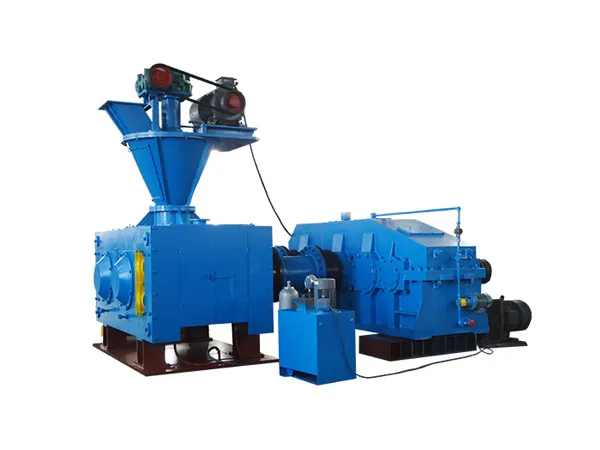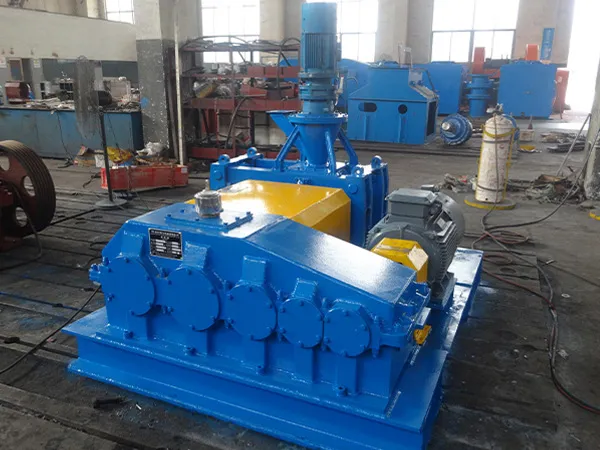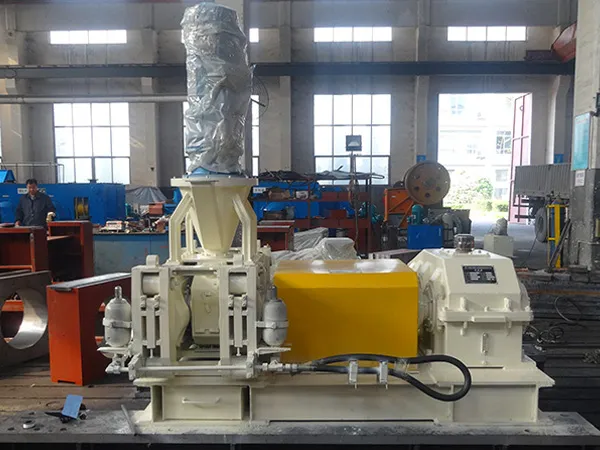Steel and concrete are the two most common materials for large-scale construction, but they have key differences in properties, construction methods, cost, and environmental impact. Generally, steel structures are known for their high strength-to-weight ratio, which allows for lighter, more flexible designs and faster construction, while concrete structures are valued for their high compressive strength, durability, and fire resistance.
Differences Between Steel Structure and Concrete Structure

Steel Structure
Description: Steel structures are made from interconnected steel components, such as beams, columns, and trusses, which are fabricated in a workshop and then assembled on-site using bolts or welding.
Advantages:
High Strength-to-Weight Ratio: Steel is incredibly strong for its weight, allowing for lighter structures and longer spans without intermediate supports.
Speed of Construction: Fabrication off-site and quick assembly on-site significantly reduce construction time.
Durability: Steel is a durable material, resistant to rot, insects, and aging.
Flexibility and Adaptability: Steel structures can be easily modified, expanded, or even disassembled and reused.
Seismic Resistance: Steel’s ductility allows it to deform under stress without brittle failure, making it good for earthquake-prone areas.
Sustainability: Steel is 100% recyclable, making it an environmentally friendly option.
Disadvantages:
Corrosion: Steel is susceptible to rust when exposed to moisture and oxygen, requiring protective coatings or regular maintenance.
Fire Resistance: While steel doesn’t burn, its strength can significantly decrease at high temperatures, leading to structural collapse. Fireproofing measures are essential.
Cost: The initial cost of steel materials and fabrication can be higher than concrete.
Fatigue: Under repeated cyclic loading, steel can experience fatigue failure.
Typical Applications: High-rise buildings, bridges, industrial buildings, stadiums, long-span roofs, and aesthetically exposed structures.
Concrete Structure
…
More detailed information about the difference between steel structure and concrete structure can be found here: https://www.meichensteel.com/a/news/differences-between-steel-structure-and-concrete-structure.html

